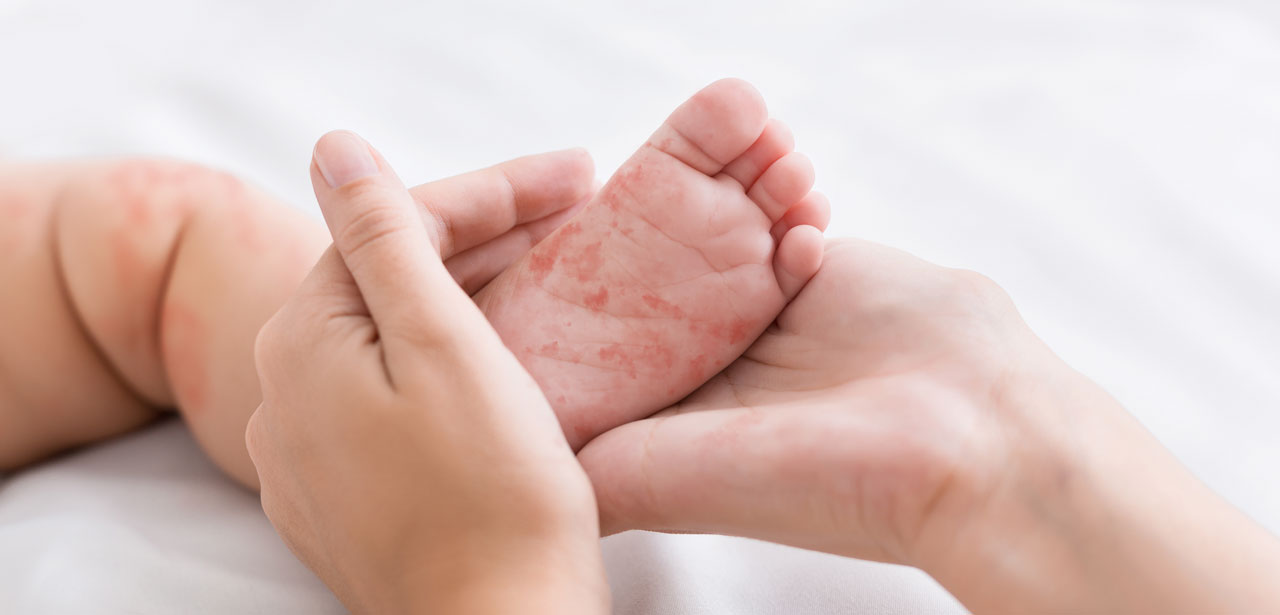During the summer of 2023, the European Region experienced a limited resurgence of mpox cases following the substantial outbreak in 2022. This increase was characterised by asynchronous and bimodal increases, with countries experiencing peaks at different times. The demographic profile of cases during the resurgence was largely consistent with those reported previously. All available sequences from the European Region belonged to clade IIb. Sustained efforts are crucial to control and eventually eliminate mpox in the European Region.
Auteur : Vaughan Aisling M, Afzal Mohammed, Nannapaneni Priyanka, Leroy Mathias, Andrianou Xanthi, Pires Jeffrey, Funke Silvia, Roman Celine, Reyes-Uruena Juliana, Aberle Stephan, Aristodimou Aristos, Aspelund Gudrun, Bennet Kirsty F, Bormane Antra, Caraglia Anna, Charles Hannah, Chazelle Emilie, Christova Iva, Cohen Orna, Constantinou Costas, Couvreur Simon, Diaz Asuncion, Fabiánová Kateřina, Ferraro Federica, Grenersen Marte Petrikke, Grilc Eva, Hannila-Handelberg Tuula, Hvass Anne Kathrine, Igoe Derval, Jansen Klaus, Janță Denisa, Kaoustou Styliani, Koch Anders, Kosanovic Licina Mirjana Lana, Krumova Stefka, Labutin Anton, Lachmann Raskit, Lecompte Amaryl, Lefrançois Rémi, Leitena Viktorija, Liitsola Kirsi, Mlinarić Ivan, Mor Zohar, Neary Martha, Novacek Alina, Øgle Magnus Wenstøp, Orlíková Hana, Papadima Kalliopi, Rehn Moa, Sadkowska-Todys Malgorzata, Sîrbu Anca, Sondén Klara, Suárez Berta, Thordardottir Marianna, Vasconcelos Paula, Vieira Martins Joao, Zakrzewska Karolina, Widdowson Marc-Alain, Gossner Céline M
Eurosurveillance, 2024, vol. 29, n°. 27, p. 8-16


